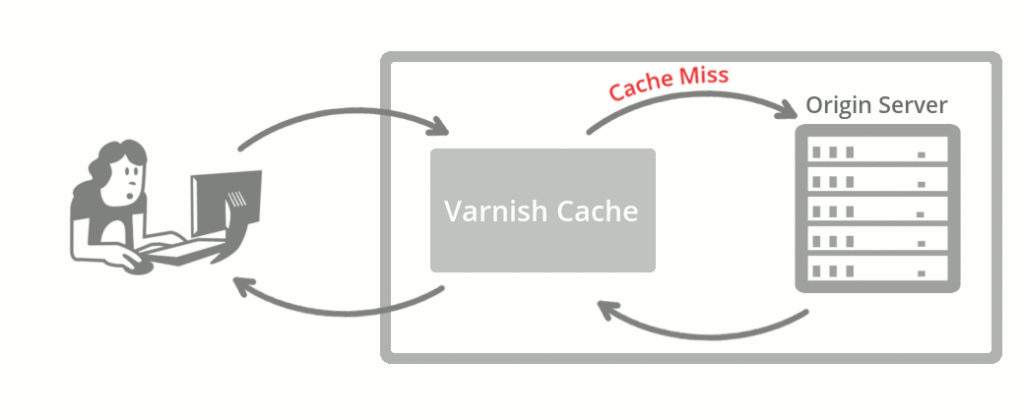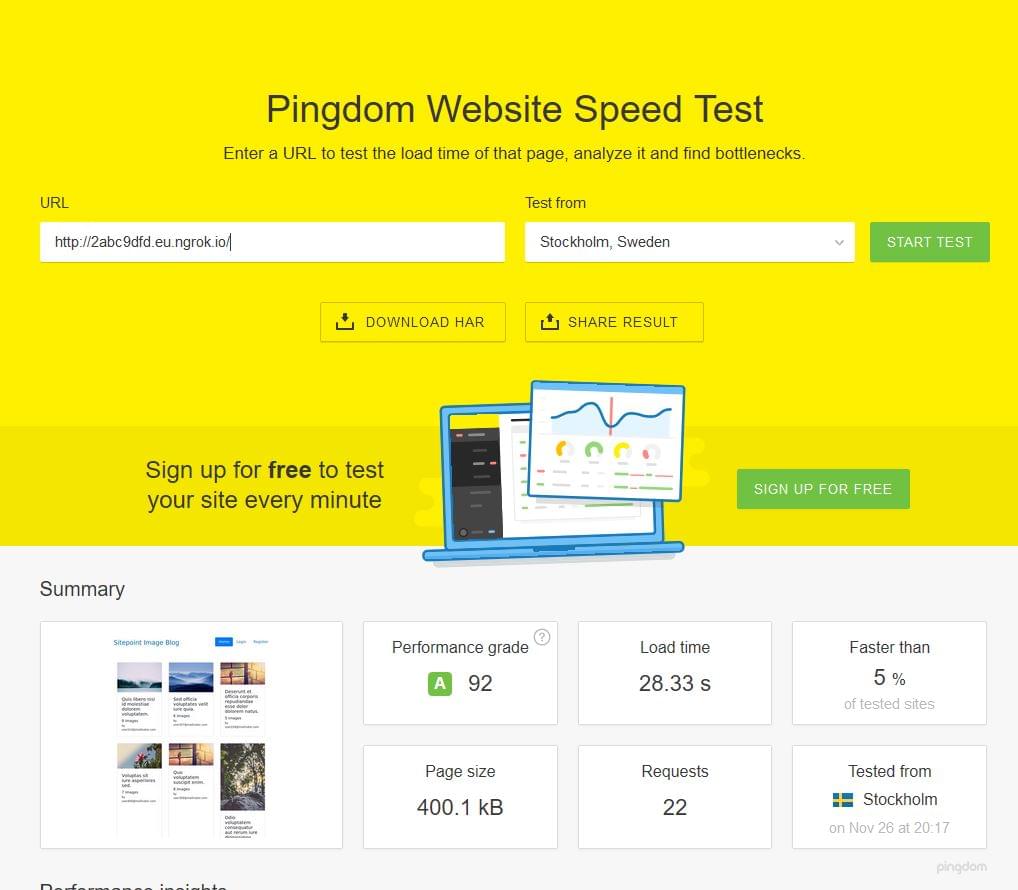How to Install PHP on Windows
We've previously shown you how to get a working local installation of Apache on your Windows PC. In this article, we'll show how to install PHP 5 as an Apache 2.2 module.
Why PHP?
PHP remains the most widespread and popular server-side programming language on the web. It is installed by most web hosts, has a simple learning curve, close ties with the MySQL database, and an excellent collection of libraries to cut your development time. PHP may not be perfect, but it should certainly be considered for your next web application. Both Yahoo and Facebook use it with great success.
Why Install PHP Locally?
Installing PHP on your development PC allows you to safely create and test a web application without affecting the data or systems on your live website. This article describes PHP install...










